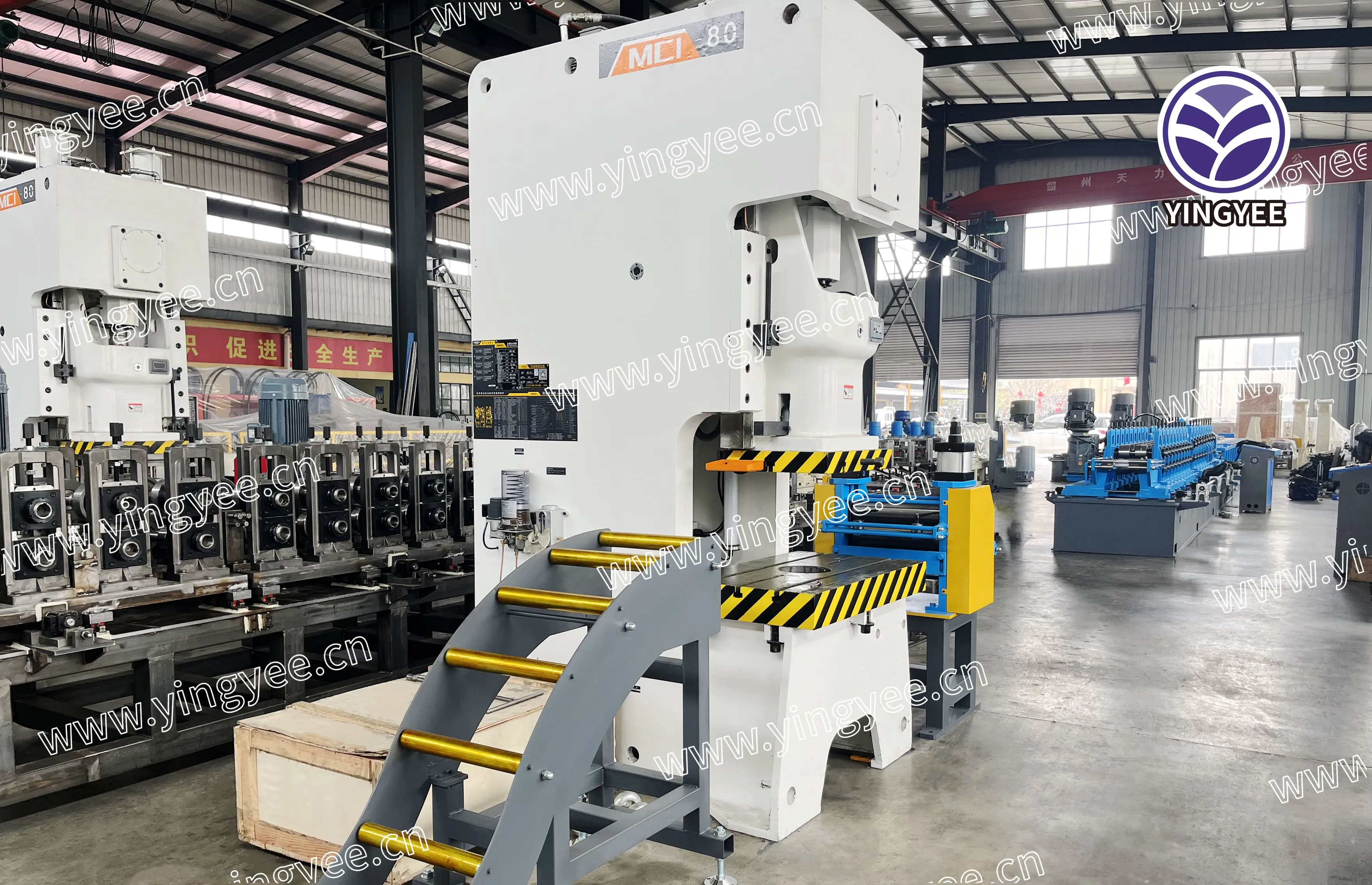
The Evolution and Importance of Roll Forming in Modern Manufacturing
Roll forming is a versatile and efficient manufacturing process that has gained significant traction in various industries over the years. This method involves passing a continuous strip of metal through a series of rolls to create a specific cross-sectional profile. As industries evolve, so too does the technology behind roll forming, enhancing its efficiency, precision, and application range.
The Process of Roll Forming
The roll forming process begins with a flat metal strip, typically made from materials like steel, aluminum, or other alloys. The strip is fed through a sequence of rolling mills, each designed to incrementally shape the metal into the desired profile. The configuration of these rolls is crucial; they are engineered to guide the metal strip while gradually bending and forming it into the specific shape required for its end use.
One of the most compelling attributes of roll forming is its ability to produce long lengths of uniform, repeatable profiles. This is particularly beneficial for mass production, where consistent quality is paramount. Additionally, roll forming generates minimal waste compared to other processes, making it a cost-effective option for manufacturers.
Applications of Roll Forming
The applications of roll forming are vast and varied. In the construction sector, roll-formed components such as steel studs, track systems, and roof panels are essential for building resilient structures. Their light weight and high strength make them ideal for modern architectural designs, promoting not only physical integrity but also energy efficiency.
In the automotive industry, roll forming plays a pivotal role in producing parts such as door frames, bumpers, and various structural components. The precision of roll-formed parts allows manufacturers to meet strict safety standards while maintaining optimal performance. Furthermore, roll-formed components can be easily integrated into assembly lines, speeding up production times and reducing costs.
Beyond construction and automotive, roll forming is also utilized in manufacturing furniture, appliances, and electrical enclosures. The flexibility of this process enables it to cater to diverse design requirements, allowing for both standard and customized profiles.

Advantages of Roll Forming
The advantages of roll forming are manifold. First and foremost, it is a highly efficient process that can produce large quantities of product with minimal labor. The automatic nature of the process reduces the chances of human error, ensuring that each piece meets stringent quality standards.
Furthermore, roll forming lends itself well to the addition of features such as holes, slots, and bends during the forming process. This integration reduces the need for secondary operations, streamlining production further. It also provides manufacturers with the flexibility to create complex shapes that would be challenging to achieve through other methods.
Another significant benefit of roll forming is its cost-effectiveness. Unlike processes that generate substantial scrap, roll forming utilizes the entire strip of metal, which means lower material costs and less waste. The energy-efficient nature of the process also contributes to its overall cost benefits, making it an attractive option for manufacturers looking to enhance their sustainability practices.
Challenges and Future Directions
Despite its many advantages, roll forming is not without challenges. For instance, the initial setup costs can be high due to the need for custom tooling and machinery. Moreover, the process requires a thorough understanding of material properties and behavior, as different metals may respond variably during forming.
Looking ahead, advancements in technology promise to further enhance the roll forming process. The integration of automation, robotics, and artificial intelligence can optimize production lines, providing real-time data for improved decision-making. Additionally, developments in material science may introduce new alloys and composites that can expand the applications of roll forming even further.
Conclusion
In conclusion, roll forming is a vital process in modern manufacturing, offering a blend of efficiency, versatility, and precision. Its applications span a wide range of industries, from construction to automotive, demonstrating its importance in producing high-quality components. As technology continues to evolve, the future of roll forming looks promising, with potential innovations that could redefine the landscape of manufacturing. Embracing these advancements will enable manufacturers to meet the challenges of the contemporary market while maintaining a commitment to quality and sustainability.